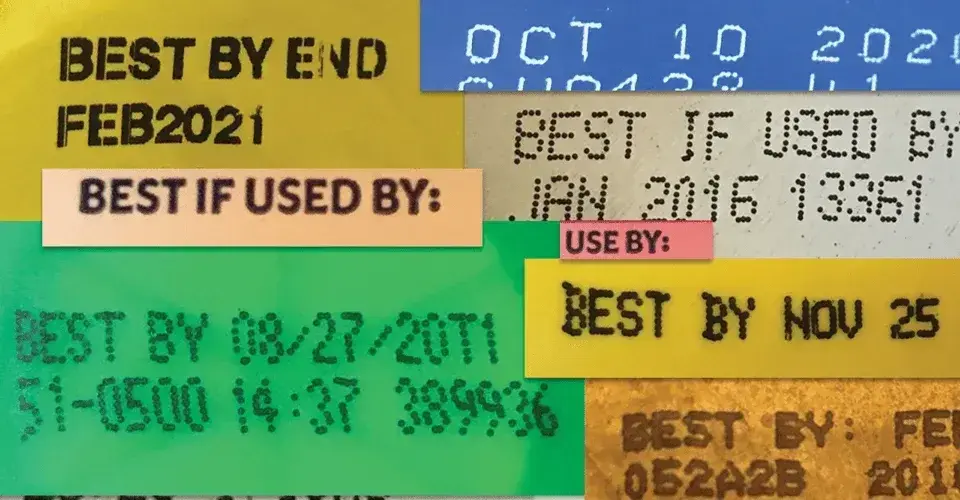Grocery sales have soared during the pandemic, and if the recent past is any guide, food waste followed the same trajectory.
Even before COVID-19, the lack of regulation, standardization and general understanding of date labeling—more than 50 variations exist in the United States alone, including “best by” and “use by” dates—sent $32 billion worth of food into garbage bins annually.
In an article in Food Control earlier this year, University of Maryland researchers called for solid science rather than food producers’ guesses to inform package date labeling.
“As a consumer and as a mom, a ‘best by’ date might raise food safety concerns, but date labeling and food safety are not connected to each other right now, which is a wide source of confusion,” says Debasmita Patra, assistant research professor of environmental science and technology and lead author on the paper.
Patra and co-authors Paul Leisnham, associate professor of environmental science and technology, Abani Pradhan, associate professor of nutrition and food science, and postdoctoral fellow Collins Tanui found that environmental scientists and food scientists don’t work together on the issue.
Collaborating could lead to interventions to change the behaviors behind food waste, Patra says—something relevant to everyone from farmers to wholesale buyers to consumers who open a can, unwrap a package of pork chops or peel a banana.
Issue
Fall 2020